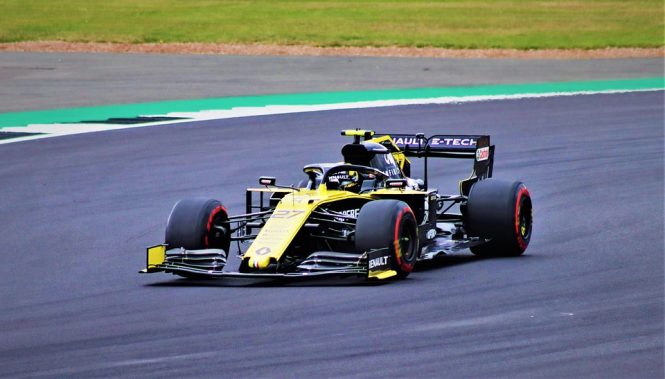
Tyres Explained: The Crucial Contact Patch in Motorsport
In the high-speed world of motorsport, every component of a vehicle plays a vital role in determining its performance, handling, and overall competitiveness. Among these components, tyres are perhaps the most critical, as they are the only points of contact between the vehicle and the track. At the heart of a tyre’s performance lies the contact patch, a small, yet incredibly important, area that can make all the difference in a driver’s ability to brake, accelerate, and corner effectively. In this article, we will delve into the world of tyres and explore the crucial role of the contact patch in motorsport.
What is the Contact Patch?
The contact patch, also known as the footprint, is the area of the tyre that makes contact with the road or track surface. It is a small, elliptical-shaped region, typically measuring around 10-15 cm in length and 5-7 cm in width, depending on the type of tyre and the driving conditions. The contact patch is responsible for transmitting the forces of braking, acceleration, and cornering from the vehicle to the track, and its performance has a direct impact on the vehicle’s overall handling and stability.
Factors Affecting the Contact Patch
Several factors can influence the performance of the contact patch, including:
- Tyre Pressure: Incorrect tyre pressure can significantly alter the size and shape of the contact patch, affecting the tyre’s grip, handling, and overall performance.
- Tyre Temperature: Tyre temperature plays a crucial role in determining the contact patch’s performance, as it affects the tyre’s stiffness, grip, and wear rate.
- Suspension Geometry: The suspension geometry of a vehicle can influence the contact patch’s size, shape, and position, which can impact the vehicle’s handling and stability.
- Camber and Toe: The camber (inward or outward tilt) and toe (alignment) of the wheels can also affect the contact patch, as they influence the tyre’s orientation and the forces acting upon it.
The Importance of Contact Patch Management in Motorsport
In motorsport, managing the contact patch is crucial for achieving optimal performance. Drivers and teams use various techniques to optimize the contact patch, including:
- Tyre Pressure Management: Teams carefully manage tyre pressure to ensure the contact patch is optimally sized and shaped for the specific driving conditions.
- Tyre Temperature Management: Drivers use techniques such as “tyre warming” to heat up the tyres before a race or qualifying session, which helps to achieve optimal tyre temperature and contact patch performance.
- Suspension Setup: Teams adjust the suspension geometry to optimize the contact patch’s size, shape, and position, which can improve handling, stability, and overall performance.
- Driver Input: Drivers use subtle inputs, such as steering, braking, and acceleration, to manage the contact patch and maintain optimal grip and handling.
Consequences of Poor Contact Patch Management
Poor contact patch management can have significant consequences in motorsport, including:
- Reduced Grip: A poorly managed contact patch can lead to reduced grip, which can result in slower lap times, increased tyre wear, and a higher risk of accidents.
- Increased Tyre Wear: Inconsistent or excessive tyre wear can lead to reduced performance, increased costs, and a higher risk of tyre failures.
- Loss of Stability: A poorly managed contact patch can cause a vehicle to become unstable, making it more difficult to control and increasing the risk of accidents.
Conclusion
In conclusion, the contact patch is a critical component of a tyre’s performance in motorsport. By understanding the factors that affect the contact patch and using various techniques to manage it, drivers and teams can optimize their vehicle’s performance, handling, and stability. Poor contact patch management can have significant consequences, including reduced grip, increased tyre wear, and loss of stability. As the sport continues to evolve, the importance of contact patch management will only continue to grow, making it an essential aspect of motorsport engineering and strategy.